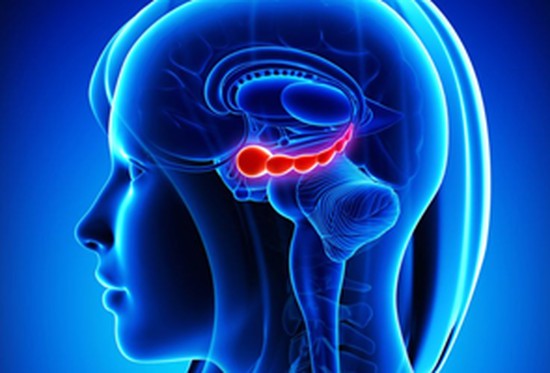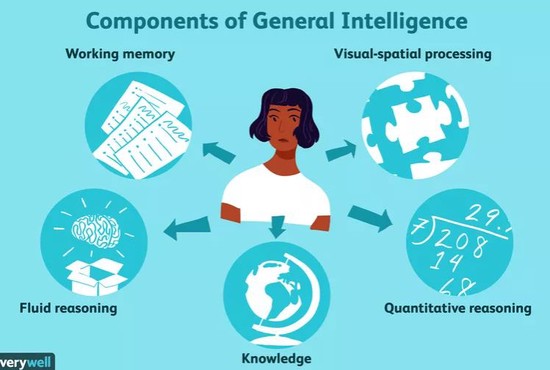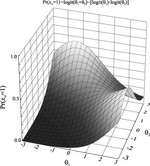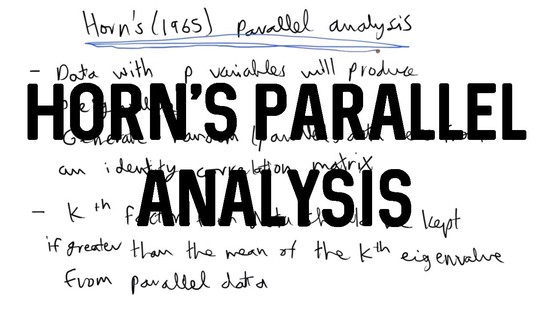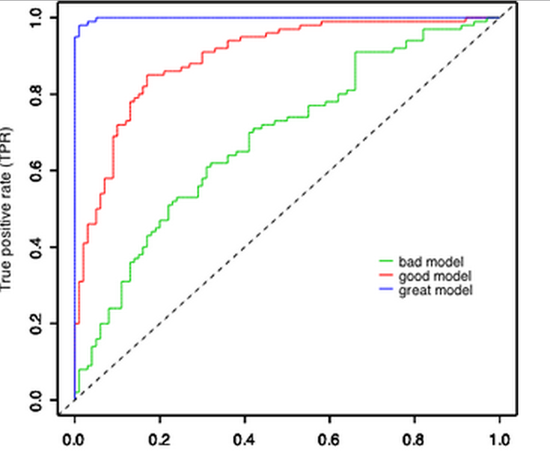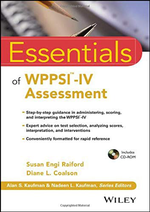Biography
I am a data scientist and psychometrician at Pearson. My research interests include psychometrics, applied statistics, data visualization, machine learning, and general data science. My current work mainly focuses on data science, psychometrics modeling, statistical analysis, testing development, and consulting.
I received my PhD in Educational Research, Evaluation, and Methodology from University of Florida in 2012.
Prior to joining Pearson Psychometrics Service, I was a Psychometrician II and team lead at clinical assessment branch in Pearson. While at clinical branch, I led multiple flagship clinical assessment products, including WISC-5, GFTA-3, KLPA-3, Quotient ADHD diagnosis test, TEACH-2 Behavior test.
Outside of psychometrics and data science, I am also a programming lover, a sports fan, and a father of two wonderful kids.
Interests
- Psychometrics
- Applied Statistics
- Data Science
- Machine Learning
- Data Visualization
Education
-
PhD in Educational Research, Evaluation, and Methodology, 2012
University of Florida
-
MEd in Educational Research, Measurement, and Evaluation, 2007
Boston College
-
BSc in Computer Science, 2001
Chengdu University of Technology
